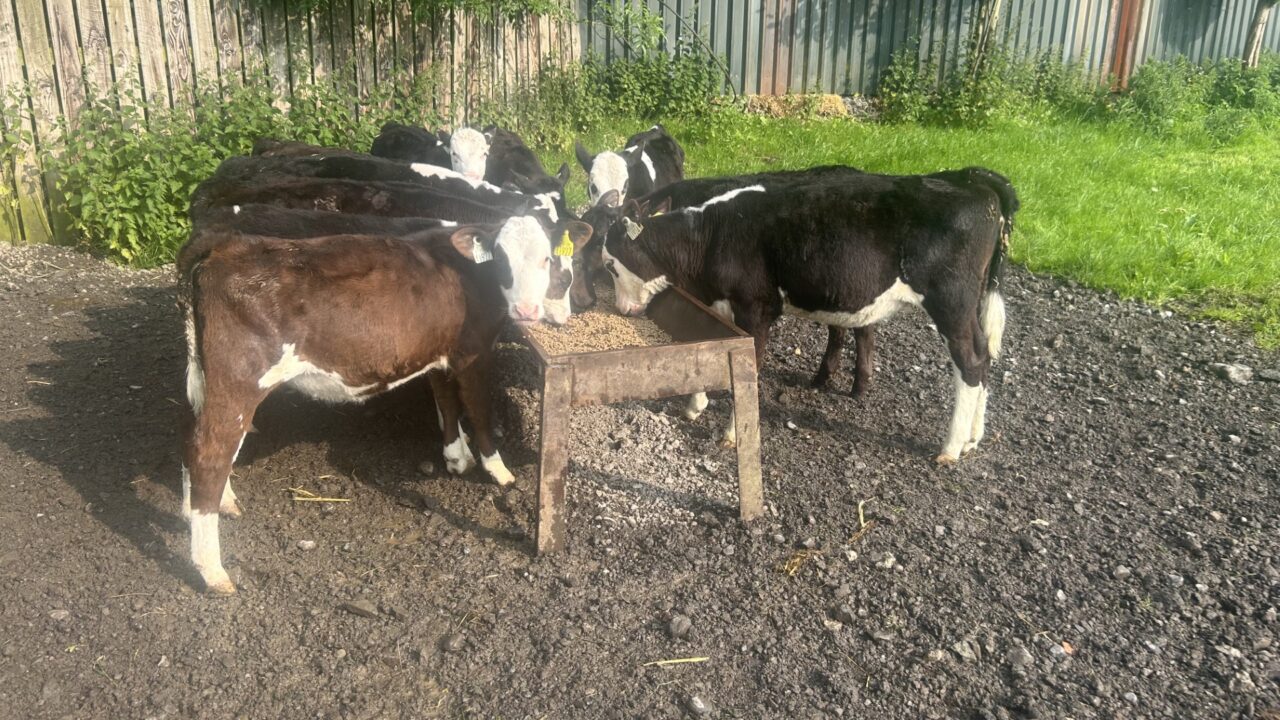Going from a period of severe heat to a period of rain in a matter of a few days suits the likes of stomach and lungworm down to the ground.
Parasite control at this time of the year for your replacement heifer calves is crucial for your next generation of milkers, as any setback can really upset their target weights.
The same goes for any non-replacement calves you are keeping on the farm, as a major set-back may upset their weight targets or their age at slaughter.
In the current weather conditions, stomach and gut worms will thrive and may begin to become a problem on farms as temperature are set to remain high.
The worms’ lifecycles can be completed in just three to four weeks and they can quickly become a big issue on farms, causing scour, poor growth rates, and reduced production.
Stomach and gut worm problems can be expected to increase during the grazing season. Lungworm issues are less predictable, as they can occur at any stage of the grazing season.
If there are any signs of coughing and lungworm is suspected, the group should be treated immediately. Close attention needs to be paid to calves that are out at grass for the first time, especially as conditions have turned damp and warm.
Stomach and lungworm
Worm egg count after about two months post turnout can indicate whether the calves need treatment, and the worm burden can be monitored.
Egg counts are usually low in the early season, but counts above 200 eggs/g along with poor live weight gains are sure signs of clinical disease.
Farmers should consult a vet regarding the level of infection that requires their calves to be dosed, as a certain level of infection should be excepted.
Coccidia is also something to be mindful of, as it can be an issue for calves early in the grazing season. Getting the dung sampled is an effective way of distinguishing what is affecting your calves and will help with treating them accordingly.
Calves should not be dosed based on a schedule but rather treated when required.
Grazing management is the most effective way of reducing the spread and impact of worms on your farm throughout the summer months.

Mapping out low, medium, or high-risk paddocks for worm egg contamination might be a way to control the spread and plan your grazing.
Pastures that were grazed by calves in the previous season are likely to be contaminated, so grazing calves on these high-risk pastures should be avoided.
Letting your milking cows or older stock graze these pastures first is advisable, as they have more immunity to worms and will rarely show signs of stomach or gut worms.
Calves are more likely to develop clinical signs after picking up severe worm infections.
However, lungworm can still pose a threat if to cattle if they graze heavily contaminated pastures or have not yet developed strong immunity to the parasite.
Good grazing management will limit the need for wormer treatment throughout the season, though practical decisions such as grass cover, available water, and silage fields need to be considered in the planning.
Fly control at this time of the year and in these conditions needs to be controlled as well, as it can lead to summer mastitis in in-calf heifers or issues with their eyes.

